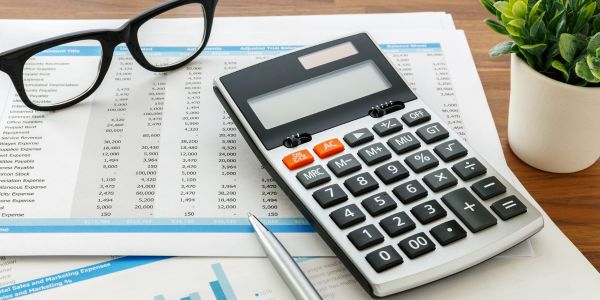The accounting equation, also known as the balance sheet equation, is a simple yet powerful tool that offers a quick assessment of your business’s financial performance. In this article, we will demonstrate how to calculate the accounting equation and explain why it’s important for your business.
What is the Accounting Equation?
The accounting equation is a fundamental accounting tool that represents the relationship between a company’s assets, liabilities, and the owner’s equity. Ultimately, accounting professionals use this calculation to determine if business transactions are accurately recorded in the company’s books.

Example
You need to calculate the total assets owned by your business. You have $2,000 in liabilities and $5,000 in equity.

Breaking Down the Equation
Now that we’ve covered how to use the accounting equation, let’s break down each part of the formula more simply.
Assets
Your company owns and uses assets to make money. These can be cash, products, property, equipment, vehicles, money others owe you, and investments.
Liabilities
These are your company’s debts. This may include loans, accounts payable, and accrued expenses.
Equity
Equity is what’s left after you subtract what you owe (liabilities) from what you own (assets). In a sole proprietorship, it’s called “owner’s equity,” and in a corporation, it’s known as “shareholders’ equity.”
Conclusion
In short, the accounting equation, while deceptively simple, is a powerful tool for assessing the financial health of a business. Whether you’re a business owner, accounting professional, investor, or beyond, understanding the accounting equation is key for making smart financial decisions.
Timesheets.com is a comprehensive online tool to streamline your business operations with time tracking, expense management, HR resources, scheduling, reporting and more.




